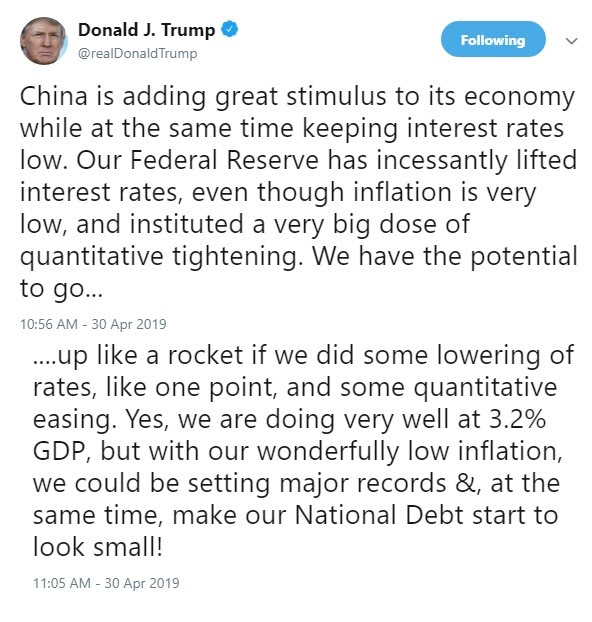January 11, 2022
Stocks continued the big bounce today into technical support.
Let’s take an updated look at the S&P 500 chart …

So, we had a 5.5% decline in this benchmark index to start the year, and now we have a sharp bounce of nearly 3% from this big technical trendline, which comes in from the election day lows of November 2020 (an important marker).
We heard from Jay Powell today, in his renomination hearings before the Senate. He did nothing to change the expectations on the Fed’s guidance on the rate path. Whether it be three or four hikes this year, we’ve just finished a year with around 10% nominal growth and over 5% inflation.
The coming year may be more of the same, and yet we have a market and Fed posturing and speculating over how close to 1% the Fed Funds rate might be by year end. That dynamic only adds fuel to the inflation and growth fire.
On that note, we’ve been watching three key spots that should be on the move with this policy outlook: bonds (down), gold (up) and the dollar (down).
Gold was up 1.25% today, making another run at this 1830-50 level. If that level gives way, the move in gold should accelerate. As you can see in the chart, we would get a breakout from this big corrective trend that comes down from the August 2020 all-time highs.
 On a related note (dollar down, commodities up), the dollar looks vulnerable to a breakdown technically …
On a related note (dollar down, commodities up), the dollar looks vulnerable to a breakdown technically …

We kick off fourth quarter earnings this week. We’ll hear from the big banks on Friday: JP Morgan, Citi and Wells Fargo.
Bank of America and Goldman Sachs earnings will come early next week.
Last year, across the broad market, the table was set for positive earnings surprises, against a backdrop of deliberately dialed down expectations. And those low expectations were against a low base of 2020, pandemic/lockdown numbers.
With that, we’ve had positive earnings surprises throughout the first three quarters of 2021. The expectation is for 21% earnings growth for Q4, which would give us four consecutive quarters of 20%+ earnings growth and 40% earnings growth on the year.
That said, of the nearly 100 S&P 500 companies that have issued guidance for Q4, 60% are negative. That’s straight from the corporate America playbook: Using the cover of the Omicron news from late November to lower expectations, to position themselves to manufacture positive earning surprises OR withhold some earnings power for next quarter.
So, in addition to the changing interest rate cycle, could the slide in stocks to open the year have something to do with weaker Q4 earnings? Maybe.
On that note, let’s take a look at the big technical support hit today …

In the chart above, the S&P 500 hit this big trendline that comes in from election day. This rise in stocks, of course, has everything to do with an agenda that entailed even more massive fiscal spending programs — AND a central bank that remained in an ultra-easy stance.
Indeed, we’ve since had another $1.9 trillion spend passed in late January of last year, plus a $1.2 trillion infrastructure package later in 2021.
Now we have a Fed that has flipped the script, and the additional bazooka agenda-driven fiscal package has been blocked — and we get a test of this big trendline.
The good news: The line held today, and stocks bounced aggressively (about 100 S&P points) into the close.
As you can see in the chart below, we have a similar line in the Nasdaq, dating back to the election. This breached but closed back above the line today.

With the above in mind, we should expect the banks to continue putting up big numbers to kick off the earnings season later this week. That will be fuel for stocks.
Remember, the banks set aside a war chest of loan loss reserves early in the pandemic, and they have been moving those reserves to the bottom line since, at their discretion. As an example, both Citi and JP Morgan have another $5 billion to release, to bring their loan loss reserves back in line with pre-pandemic levels. That’s $5 billion (each) that will be turned into earnings.

 On a related note (dollar down, commodities up), the dollar looks vulnerable to a breakdown technically …
On a related note (dollar down, commodities up), the dollar looks vulnerable to a breakdown technically …












